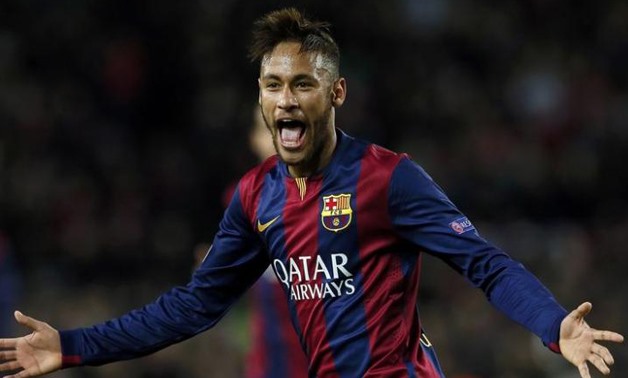
Neymar – File photo/Reuters
CAIRO – 27 June 2017: In modern day football it is now the norm for players to switch clubs every two or three years. This comes in contrast to years past where clubs would spend many seasons as one unit with little change in team composition. It is therefore unsurprising that this culture of transition has affected the quality of the game.
Players who frequently move from one club to another tend to lose consistency in their performance due to several reasons. Firstly, in order to enhance successful development, a player needs to become accustomed to a certain style of play and effective communication with other players takes time to build. Therefore, if a player moves to another club he will require time to adapt to the style of a new team and build rapport with new colleagues. This is harder to achieve if many players move after only two years.
Secondly, it is only natural that a player will want to be settled in his home life as well as professionally and maintain a personal lifestyle that helps him to perform well. If a player constantly moves location from one club to another, the player will not be settled off the pitch and therefore he will not perform on the pitch.
The third and final reason against frequent club transfers is that it hinders success. For example, Swedish footballer Zlatan Ibrahimovic is an outstanding striker who has achieved many sporting accolades throughout his career. However, he has not been able to achieve victory with a winning Champions League team because he has not spent long enough at any one side. If he would have stayed with Inter Milan under manager Jose Mourinho, Ibrahimovic would have been able to add a Champions League victory to his list of achievements.
Taking all of this into account, it is therefore proposed that a player should transfer between a maximum of three clubs during his professional career.
The first club would act as a training stage where a new player begins to build up play time and make a name for himself, helping the player develop and assesses his potential. Clubs such as Porto, Ajax, Basel, and Sporting Lisbon are known as the best teams for this initial career stage, giving the player room to excel and show his best.
The next step is the sale of promising players to world class clubs such as Barcelona, Real Madrid, Bayern Munich, Juventus, Chelsea or Manchester United. This second club in a player’s professional career is expected to help win big trophies and achieve his maximum potential. A good example of this is Neymar da Silva Santos Junior’s transfer from Santos to Barcelona which helped secure victories in the Champions League and top Spanish league La Liga.
Also consider Andrea Pirlo who developed as a player at Brescia and Inter Milan, although he did not spend long at the latter. After his transfer to AC Milan, Pirlo spent about 10 years with the Italian team, where he won Champions League and the Italian League. One can also look at Eden Hazard who transferred from Lille to Chelsea to win the Premier League and now aims to secure a Champions League victory with the team.
The third and final stage is the relaxation phase where the player enjoys his last years in professional football. After winning trophies at his second club, the player now has the freedom to choose where his last team will be. The player may decide to return to his home club, or aim for financial rewards from teams in China, U.S.A. or Russia.
If we compare the football that was played in the past to the football that is played today we can see a huge difference in the style of play. In general in the past, the quality of players was higher than that of today. The team as whole was more cohesive because players trained together for many years and therefore the team’s chemistry was better and players trusted each other. Most teams had more than one star player and they all gave their maximum to the team in order to win due to an enhanced sense of loyalty. It is often the case nowadays that in most teams there are two or three key players that when taken out, the team’s performance falls. This is due to players moving so frequently between teams it causes a decline in quality players.

Comments
Leave a Comment